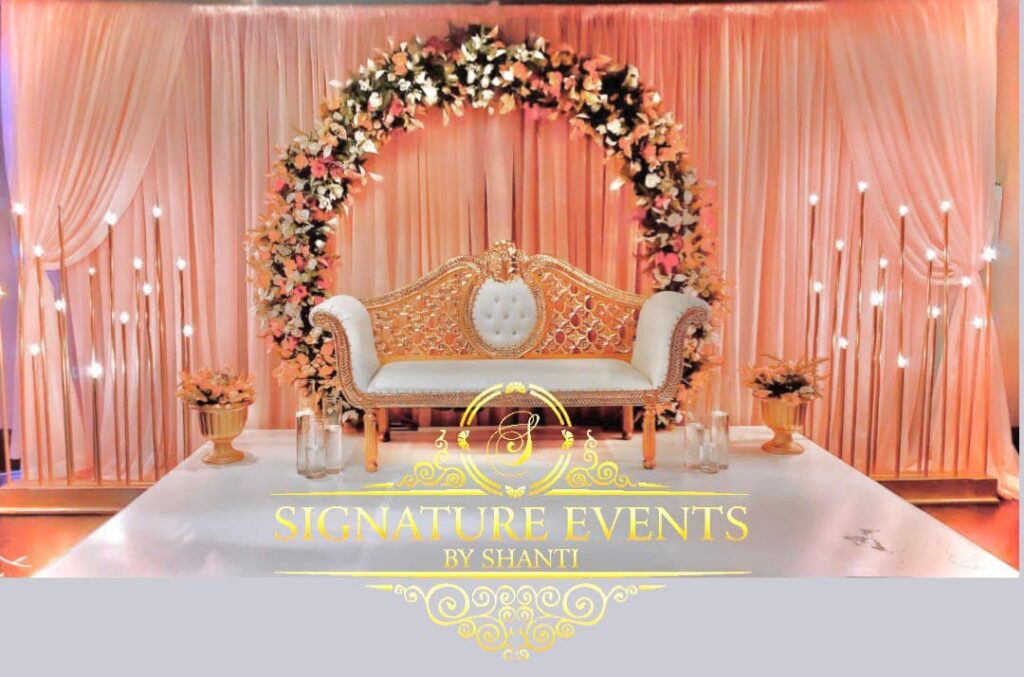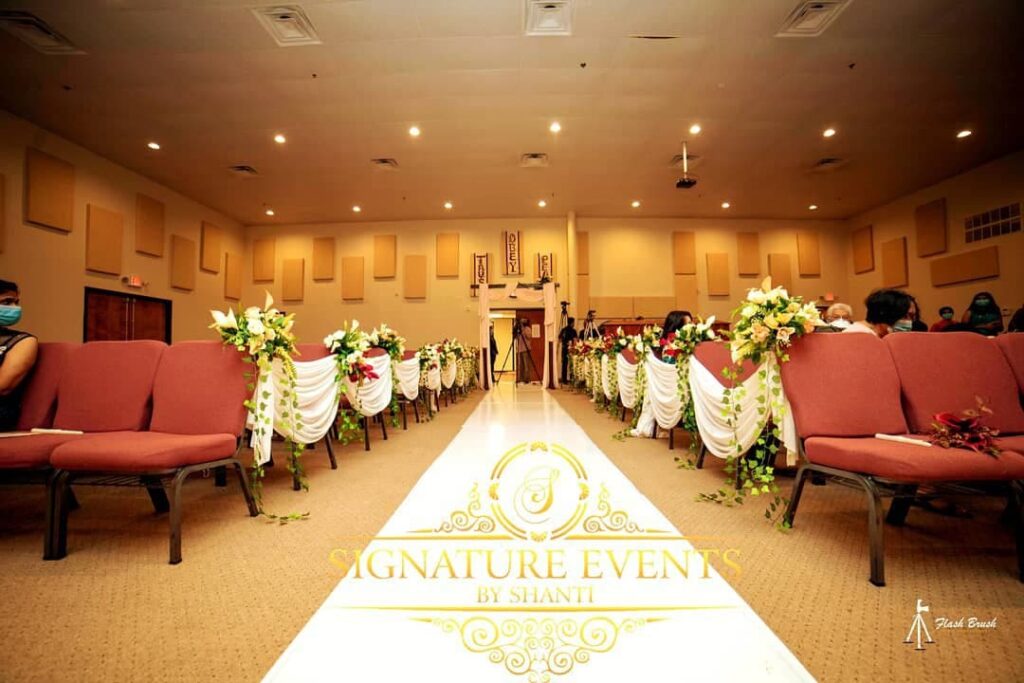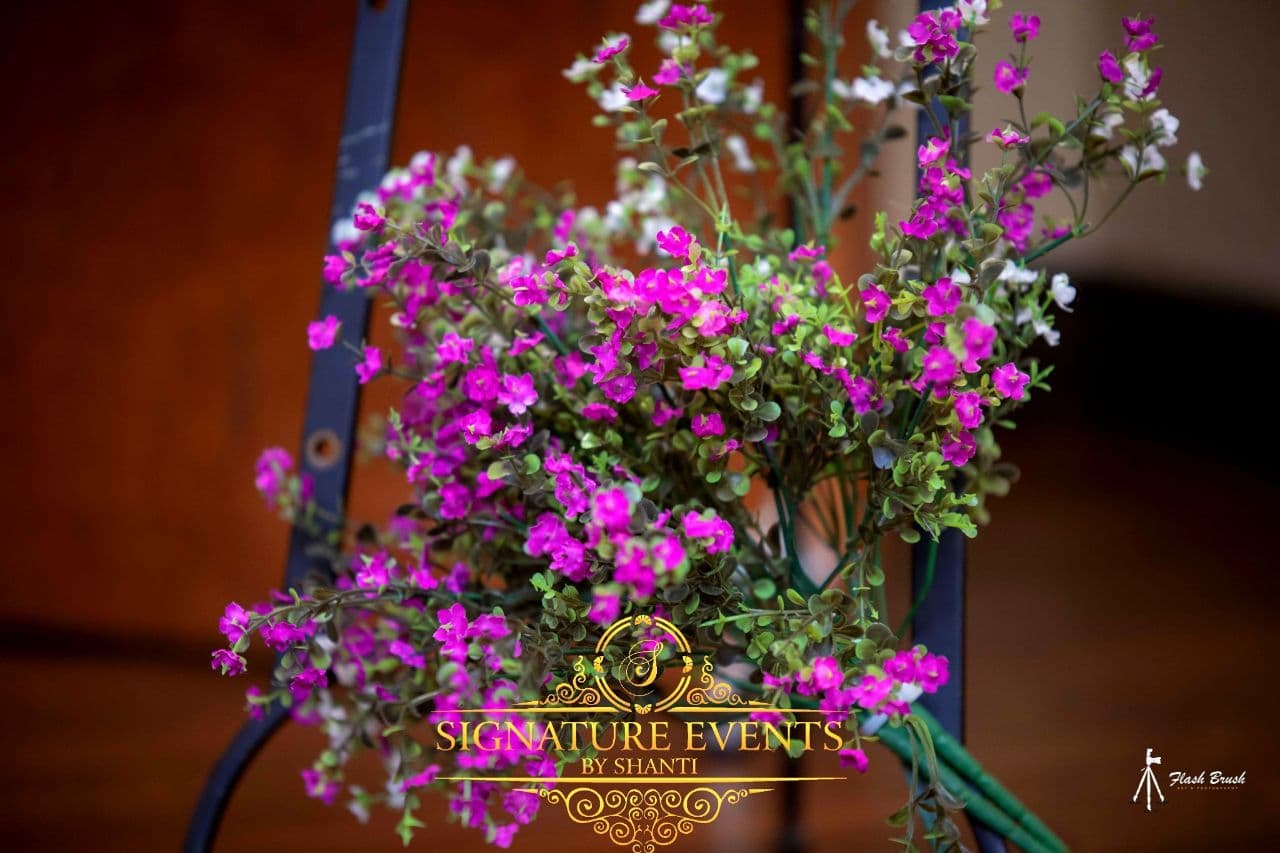Unlike the work of your other wedding vendors (music, flower arrangements, cake), photographs aren’t things you can hear, smell, taste or even see at first—you don’t really know what you’re getting until after the fact. That means careful research and selectiveness regarding professional skills, artistic style and personal demeanor are extra important when choosing your photographer.
Here are some tips to help,
Step 1: Settle on a Style
Before you begin researching photographers, you’ll need to first decide what type of photography style you prefer, as that will help determine which kind of photographer you’ll want shooting your wedding. Get inspired! Spend time pouring over any kind of imagery you love, from décor shots to a fashion blogger’s Instagram feed. Once you have a good collection of inspiring photographs, try to narrow in on what draws you to them specifically and dissect what feels most authentic to you and your partner. Maybe that’s formal-posed portraits, a classic photography style or a lifestyle, photojournalistic feel. If you love sharp and contrast shots, perhaps a photographer with a flair for the dramatic is the right choice for you. Remember that you don’t necessarily need to narrow in on one style in particular, since many wedding photographers can do a blend of portraiture and documentary-style shots, a mix of black-and-white and color images and so on. But if there’s a special style you love, make sure to focus on photographers who specialize in it.
Step 2: Do Your Homework
Start your search by reading reviews from recent newlyweds and browsing local listings, like the ones on The Knot Marketplace. Carefully review potential photographers’ websites and blogs to check out photos of other weddings they’ve shot, which will give you an idea of their style. How do they capture the moments important to you, like a mother bustling her daughter’s gown or an emotional first look? The design of the website may also have clues about the photographer’s personality and sensibility. Check out their Facebook, Instagram and Twitter pages too, if possible. Is the feedback from clients positive? How does the photographer respond? How do they interact with their Instagram followers, do they seem friendly and personable? You get the idea.
Step 3: Set Up Interviews
This is not a decision that can be made on looks alone—you must meet your potential photographers in person. If you like what you see on their site—and their fees are in your ballpark range—call to see if they’re available for your wedding date. If available, go ahead and send an introductory email with a bit about you and your soon-to-be spouse, you event and the vision for your day, and feel free to attach five or so of your very favorite photos from your research so they know what you love. If the photographer is already booked on your date, you may want to see if they have an associate or can recommend another shooter with a similar style. Set up in-person meetings with three to five potential photographers who are available on your wedding date to look at more of their work and assess whether your personalities mesh. Be prepared to talk about your venue, wedding style and what you envision for your photos.

Step 4: See a Few Full Wedding Albums
Don’t base your decision solely on what you see in a photographer’s highlights gallery or album. For good reason, photographers show prospective clients a portfolio of their best pictures, all from different weddings, so you’re seeing the best of the best. The problem with that is you won’t get a well-rounded idea of their work. Ask to see two or three full galleries from real weddings they’ve shot (not someone else at their company) so you can get a better idea of what your complete collection of photos might look like after the wedding. If you see that the full gallery photos are just about as good as the ones chosen in the highlight gallery (that is, they’re all so good it’s impossible to choose!), you’re on the right track. And ask to see at least one or two complete albums of weddings that are in similar settings to yours. For example, if you’re planning an indoor affair with dark lighting, don’t just look at weddings shot outdoors in natural sunlight. And if you’re planning to say “I do” on a beach at sunset, you’ll want to see examples of that.
Step 5: Review Albums With a Critical Eye
When reviewing a photographer’s album, look for the key moments you want captured: Did they get photos of both the bride and the groom when they locked eyes for the first time? Also look for crispness of images, thoughtful compositions (does a shot look good the way it was framed, or is there too much clutter in the frame?) and good lighting (beware of washed-out pictures where small details are blurred—unless that’s the style you’re after). It’s also very important that you detect sensitivity in capturing people’s emotions; make sure the photographer’s subjects look relaxed, not like deer caught in headlights. While you two are important, of course, you want to see smiling shots of your friends too.
Step 6: Make Sure Your Personalities Mesh
Don’t underestimate the importance of liking and bonding with your photographer. Is the photographer excited by your vision when you describe it? When they make suggestions, do they present them in a clear and respectful way, or are they timid? Are their mannerisms off-putting? In order to get the best photos, go with a pro who has a firm grasp of social graces but is bold enough to go out hunting for great images and who, above all, puts you at ease and doesn’t irritate you in any way. Remember: They’ll be shadowing your every move, and the more comfortable both of you are with the photographer, the better the photos will turn out. Likewise, you don’t want the photographer to offend or annoy any guests, but to shoot them in their best light in an unobtrusive way. To get the best photos, your photographer needs to be assertive enough to seek out great moments, cajoling enough to coax relaxed smiles and natural stances from guests, and calm enough to be a positive force. They should ask lots of questions and be a good listener.
Step 7: Compare Packages
You won’t be able to nail down an exact dollar amount until you’re sure of what you want, how many albums you need and where your photographer is based, and packages range from $2,500 all the way up to $15,000-plus on the higher end of the spectrum. When interviewing candidates, ask for a general range based on the photographer’s standard “shooting fee” and package, plus their standard rates for the type of album you think you’ll want and the amount of coverage you’re hoping to book them for (day of, full weekend). It’s important to find out what’s included in the standard package, plus the basic range for any extras you may want, like an engagement shoot, special effects or additional coverage, so you can compare rates. In particular, find out exactly how many hours of coverage are included. Ideally, you want your photographer to be there for your full wedding day—from when you start getting ready until after you make your grand exit from the reception. While packages vary, most include about 6 to 12 hours to cover everything from preceremony events (getting ready with your bridesmaids or first-look photos) to the end of the reception. It’s usually better to pay for more coverage if there’s a chance you’ll run over and you definitely want your photographer there until the end (overtime is usually charged at a higher hourly rate). Also consider whether you’ll want to do an engagement shoot or have your photographer shoot other events during your wedding weekend (the guys’ golf outing, the bridesmaid lunch).
Also, check if there’s a second shooter included in the contract, and if there’s not, ask about the possibility. It’s likely the second shooter can be confirmed later on, but the main benefit to having two shooters is, of course, you get twice as much coverage. For example, during your formal photo session, one photographer can capture the formal photos, while the second one can get behind-the-scenes, photojournalistic photos, like your guests mingling. If you’re having a larger wedding (250 guests or more), you might even want to ask about having three shooters so your photography team can be sure to capture the event from all angles.
Step 8: Ask About Your Rights
Most contracts stipulate that the photographer owns the rights to all photos taken at the wedding, even the ones of you. In other words, the photographer can use them promotionally (on their website or blog, submit them for publication and even place them in ads). That also means you can’t just post the digital proofs they send you—most photographers have a policy that you can only share watermarked images or images with their credit on them. Also, unless you negotiate otherwise, if you want to print the images yourselves or order an album from another source, you’ll have to buy the rights to the images.
Ensure this is discussed appropriately.

Step 9: Get the Postproduction Details
Understanding the post production process helps you to the best time-line your job gets delivered. Due to the enormous raw files your photographer shots, which is far bigger than your typical JPG, Shooting raw files gives your photographer greater ability to correct the photo, but it also takes a longer time to upload, process and edit all those files (in order to correct color levels and so on). It varies, but many photographers say they spend an additional 40 hours editing images from a single wedding, so it can take up to six to eight weeks (or longer, depending on the photographer and how busy they are) to get proofs back.
Here are few questions to ask:
How many images should I expect?
Will they be high resolution or low resolution?
Will I be able to get prints made myself, or does the photographer retain the rights to the images?
Will the proofs I see be the retouched versions, or does that happen after I select the photos I want?
Ask about retouching options and special effects (which can range from simple white balancing to beauty retouching and stylized art effects like super-saturated colors) and the additional cost for both.
Having ideas about these details helps you understand what your final job would look like.
Step 10: Prep Together for the Day-Of
Remember that your photographer is the pro, so—while it’s helpful— while not spending so much time in putting together a list Instead, pass along your day-of timeline, give them an idea of what images you’d like captured (like a shot with each of your bridesmaids in addition to wedding party portraits) and let them do their thing. If there are unique moments or piece you’d like them to capture like your gorgeous styling accessories, ribbons, linens and more, with the goal of helping your wedding aesthetic truly stand out, now is the time to tell them.
Looking at other useful tips click here.
